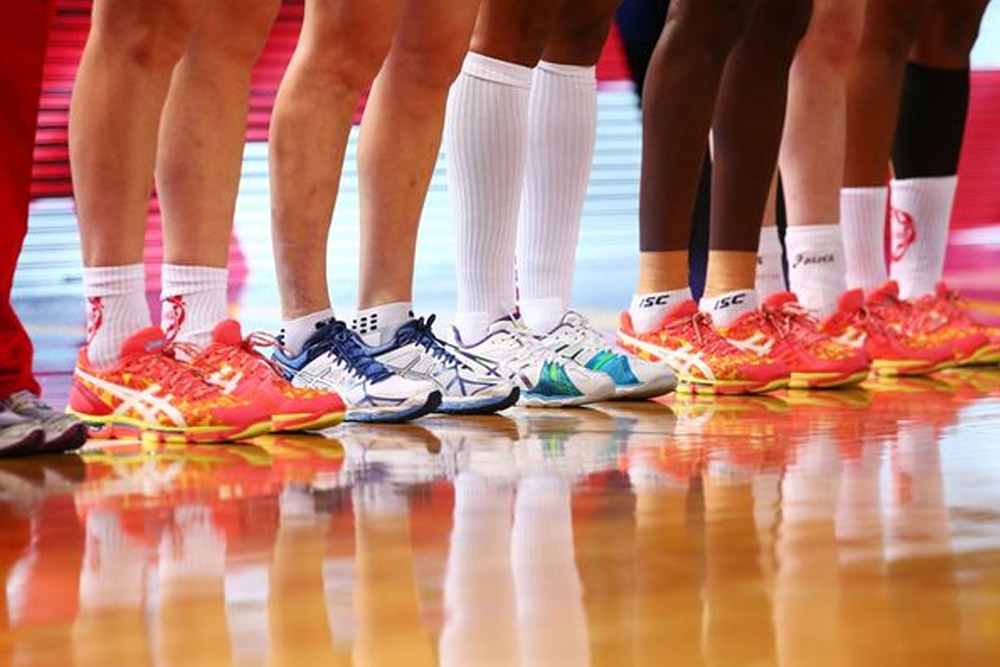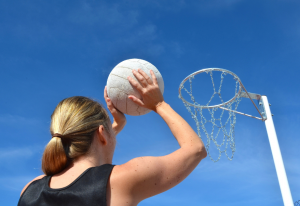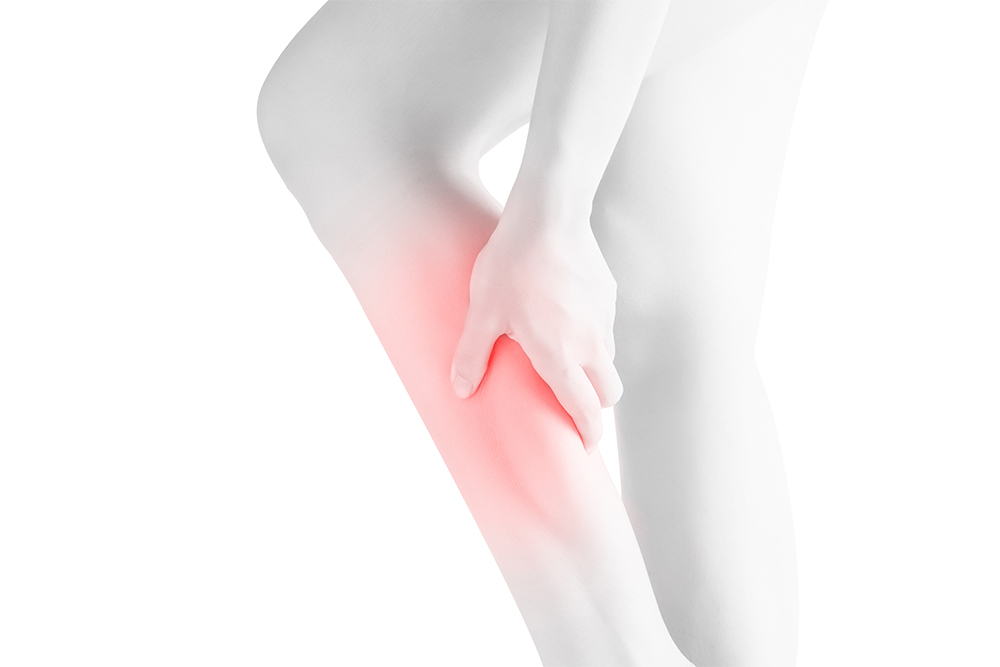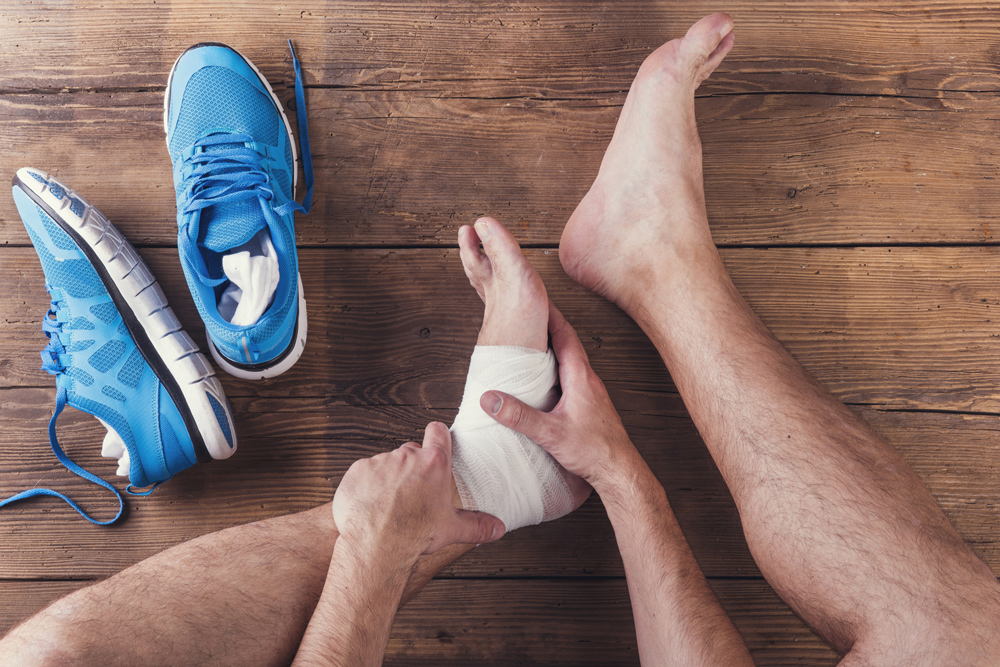
 Netball is an extremely fast-paced game that places a lot of stress on the feet, ankles and knees. Not only are you suddenly stopping, starting and pivoting, but you’re also constantly jumping and landing on one foot, sending high impact forces through your joints.
Netball is an extremely fast-paced game that places a lot of stress on the feet, ankles and knees. Not only are you suddenly stopping, starting and pivoting, but you’re also constantly jumping and landing on one foot, sending high impact forces through your joints.
Due to these forces, netball in Australia has an injury rate of 14 injuries per 1000 hours played, with the most common causes being awkward landings, slips and falls, player contact and collisions, overexertion, and being hit by the ball. The most common injury types are sprains, fractures, dislocations and bruising.
Given the risk, it’s important to keep injury prevention as a key focus for all netball players, and not just treating the injuries once they have occurred. This is something that our podiatrists have a strong focus on, putting the right care in place to minimise the predisposing factors that can lead to injury. To identify these factors, we must first know what foot type you have.
For simplicity, there are three basic foot types
 You may have:
You may have:
- A normal foot
- An excessively pronated foot (flat foot); and
- An excessively supinated foot (high arched foot)
If you have normal feet, you’re one of the lucky ones! As your risk of injury will likely be lower than if you have flat or high arched feet, where poorer foot structure or function increases your injury risk.
Prevention starts with a biomechanical assessment
Creating your prevention and physical therapy plan all starts with assessing your feet and legs. This involves:
- Analysing your foot posture and foot type
- Analysing your gait on a treadmill, this is captured on video so you can see what we’re seeing
- Checking your muscle strength
- Checking your flexibility and the available motion through your joints – specifically looking for any restrictions or characteristics of hypermobility
- 3D foot scan
- Abnormal foot characteristics
- Warning signs or signs of damage or injury to the feet and legs
- Pressure analysis
- Footwear analysis
- Assessing the ongoing effects of previous injuries
Whether you’re walking, running, or leaping through the air to catch the ball and landing on one foot, there are certain movements that your foot must go through which may be influenced or altered to be more efficient if some of the findings from your biomechanical assessment are outside of the normal range.
Controlling abnormal foot movement, while promoting healthy foot movement to occur is the key to injury prevention. This can be achieved by strengthening weak muscles and stretching tight muscles, increasing the joint stability where your ligaments are hypermobile or have previously been injured, improving your gait and netball techniques if they are inefficient and you’re overusing your muscles and tendons performing them, improving the way your foot functions using custom foot orthotics, and more.
Even though injuries from falls and collisions can at times be unavoidable, sprains and strains to the foot and lower limbs can be minimised with good preparation, a good level of match fitness, proper warmup and cool down exercises, correct footwear, strapping and most importantly a visit to My FootDr. In fact, a netball study found that not warming up before a game increases the risk of injury by 48%.
Here at My FootDr, our Podiatrists are highly trained foot professionals that specialise in injury prevention and biomechanical assessments. If you want to stay at the top of your game and reduce your risk of injury for your next sports season, give us a call and make an appointment today.




